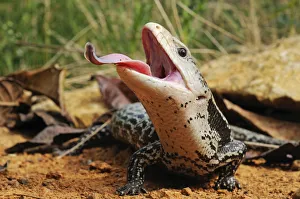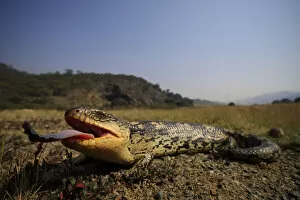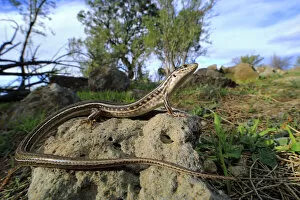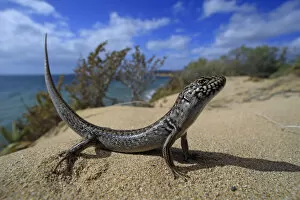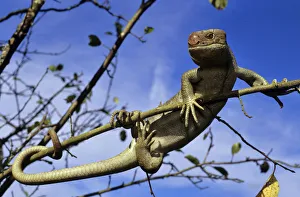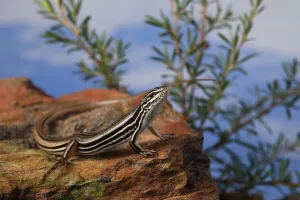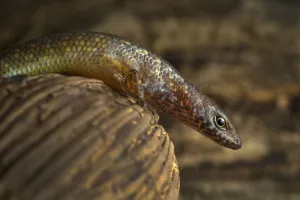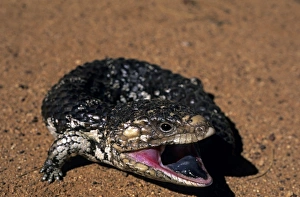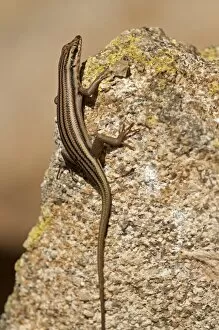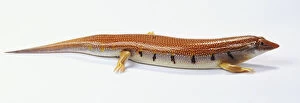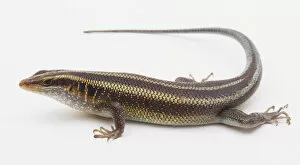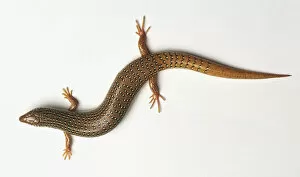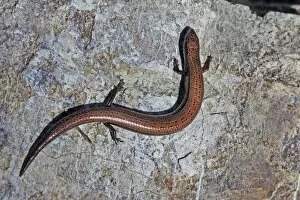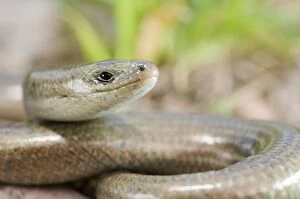Scincidae Collection
Scincidae, also known as skinks, are a diverse family of lizards found in various parts of the world
All Professionally Made to Order for Quick Shipping
Scincidae, also known as skinks, are a diverse family of lizards found in various parts of the world. From the Indonesian blue-tongued skink with its tongue extended to the Solomon Islands' large prehensile-tailed Skink climbing branches, these reptiles captivate us with their unique features. In Papua New Guinea, we encounter the captivating sight of an Indonesian blue-tongued skink showcasing its vibrant blue tongue. This captive creature from Papua New Guinea leaves us in awe with its striking appearance. Moving on to Australia's Kangaroo Island, we stumble upon a Bull Skink gracefully navigating through coastal dunes at Browns Beach. Its sleek body and intricate scales blend seamlessly with the sandy surroundings. Perched on a coastal bluff in Bay of Plenty is the Lowland blotched blue-tongue skink. With its mouth agape and tongue outstretched, this female specimen displays an intriguing behavior that piques our curiosity about their communication methods. Venturing into Tallarook, we come across an adult Three-toed Earless Skink gazing directly at us. Its distinct features and intense gaze make for a mesmerizing portrait that captures our attention effortlessly. The enchanting Solomon Islands reveal another fascinating species - the large prehensile-tailed Skink. As it skillfully climbs along a branch, this lizard showcases both agility and strength while reminding us of nature's incredible diversity. Delving into history brings forth an image from London Zoo in 1929 where a Skink rests peacefully on a log. The black-and-white photograph evokes nostalgia while highlighting how these creatures have fascinated humans throughout time. Traveling back to Australia's New South Wales unveils the Copper-tailed skink perched confidently on rock formations. Its copper-colored tail stands out against the backdrop, adding elegance to its already impressive presence. Melbourne welcomes us with open arms as we witness an Eastern striped skink in the Merri Creek corridor.


